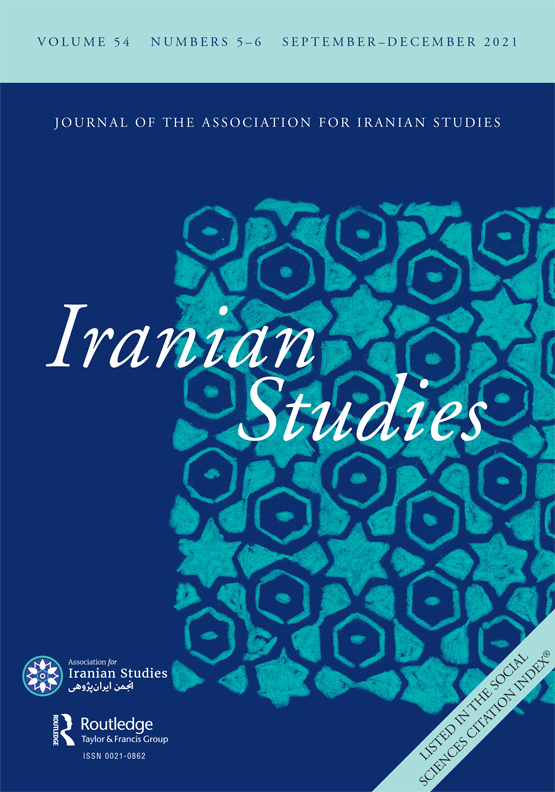This paper aims to delve into the historical evolution of the Afshar Turkic tribal group in Urmiya, western Azerbaijan, from the seventeenth to the nineteenth century, shedding light on their significant contributions to Iranian history. Notably, as part of the Qizilbash tribal confederation, the Afshars played a pivotal role in shaping the rise of the Safavids and establishing the Afsharid dynasty. Furthermore, their branch in Urmiya played notable roles in the civil wars of the eighteenth century, demonstrating the enduring impact of Turkic tribes like the Afshars, including the Shamlu tribe, on Iran’s historical landscape. While scholars have extensively studied the political and military roles of the Qizilbash during the early Safavid period, scant attention has been given to their later history. Kathryn Babayan’s research suggests that Shah ᶜAbbas’s centralization policy led to the decline of the Qizilbash, including the Shamlu tribe, resulting in a loss of power and cohesion. However, little is known about their subsequent trajectory, leaving a gap in our understanding of the continued influence of Turkic tribes like the Shamlu in Iran’s historical narrative. Ann Lambton highlighted over two decades ago that the collapse of the Safavids spurred a resurgence of tribes like the Afshars and Qajars in the eighteenth century. Yet, the processes and reasons underlying this resurgence, particularly the role of the Shamlu tribe, remain largely unexplored.
